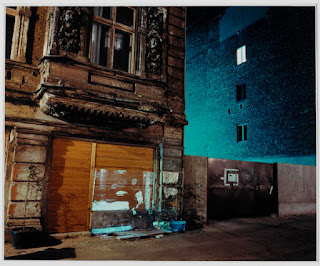Blog Overview
What are the main written resources you have used to help you develop your work and ideas? List and give a brief summary of their relevance (publications/writers/articles/theories you have focused on over the past year): Utopia and dystopia – the ideas of perfect and imperfect world and landscapes. Desires that cannot exists, like the collaged landscapes I have created. The beauty and the sublime – what makes a place or a landscape so desirable and how the framing of a place can change how we see it. David Bate, Photography: The Key Concepts – the landscape chapter - this talks about the ideas behind the beauty and the sublime and how landscape photography can impact the way we see places Edge of a Dream, Utopia, Dystopia and contemporary Photography – The relationship between humans and nature and how we have changed nature to benefit our lifestyles. How we have made a lot of areas industrial but are now also trying to add natural elements back into our lives Utopia | Dystopia Constru
